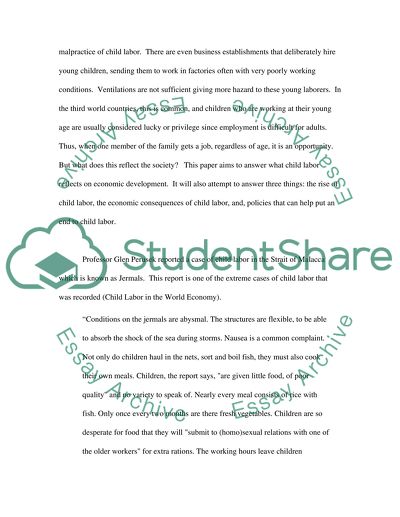Cite this document
(“Child Labor and Economic Development Essay Example | Topics and Well Written Essays - 2500 words”, n.d.)
Retrieved from https://studentshare.org/social-science/1514730-child-labor-and-economic-development
Retrieved from https://studentshare.org/social-science/1514730-child-labor-and-economic-development
(Child Labor and Economic Development Essay Example | Topics and Well Written Essays - 2500 Words)
https://studentshare.org/social-science/1514730-child-labor-and-economic-development.
https://studentshare.org/social-science/1514730-child-labor-and-economic-development.
“Child Labor and Economic Development Essay Example | Topics and Well Written Essays - 2500 Words”, n.d. https://studentshare.org/social-science/1514730-child-labor-and-economic-development.


